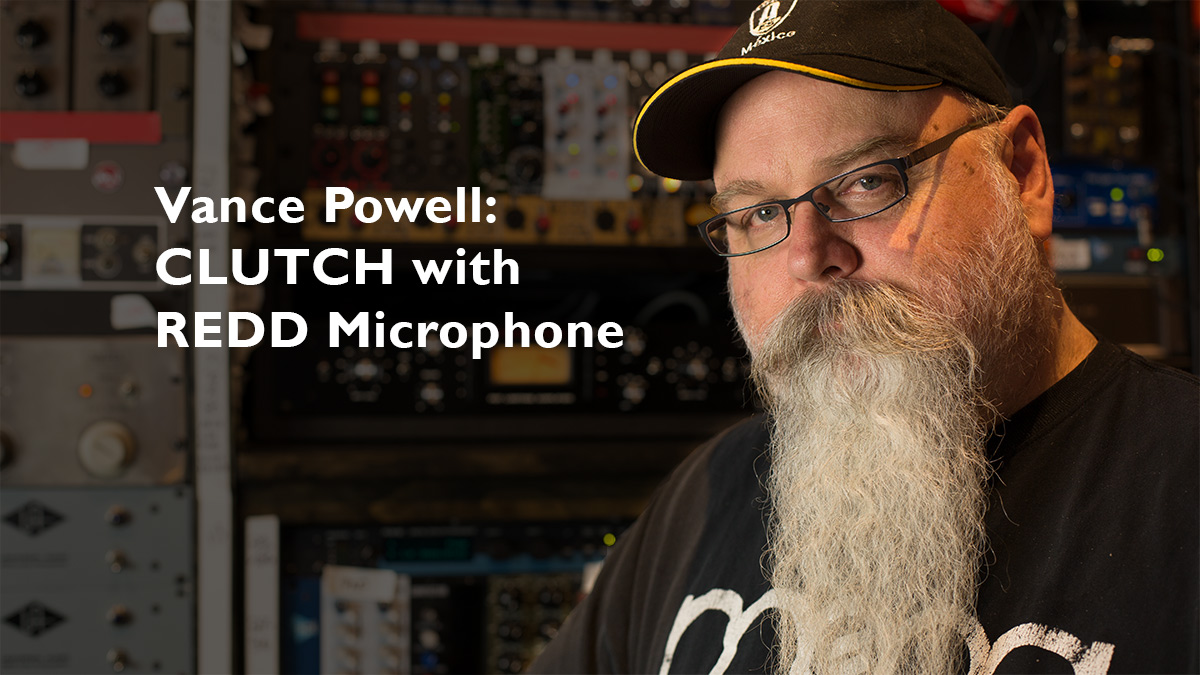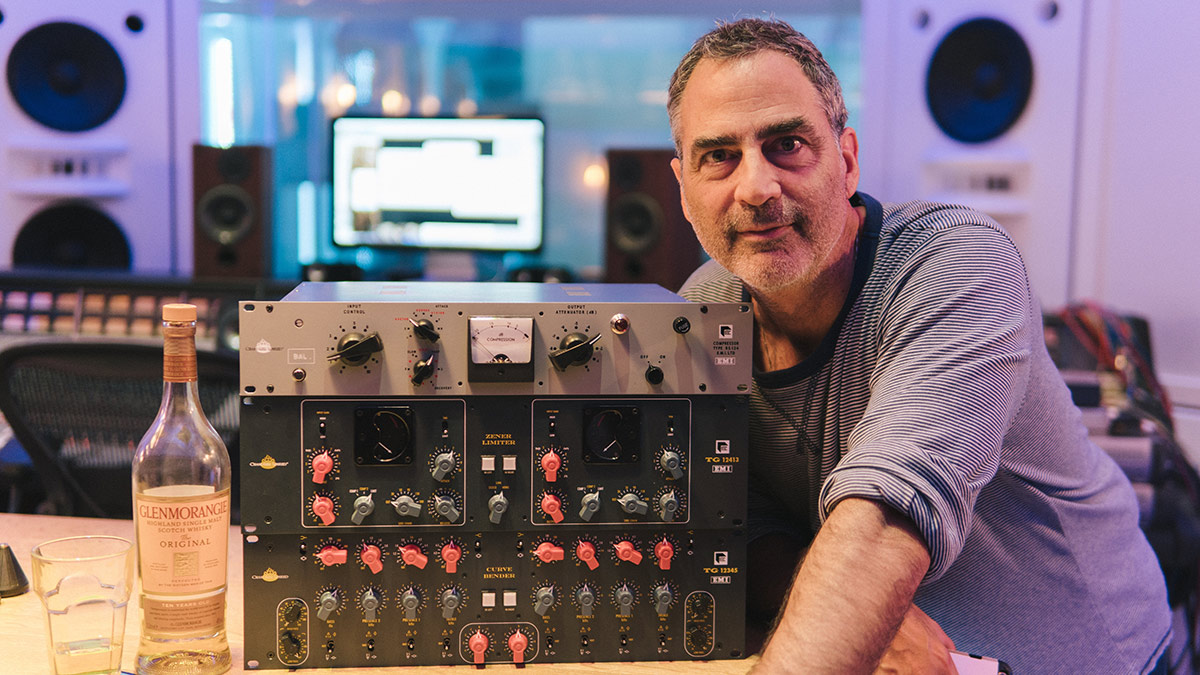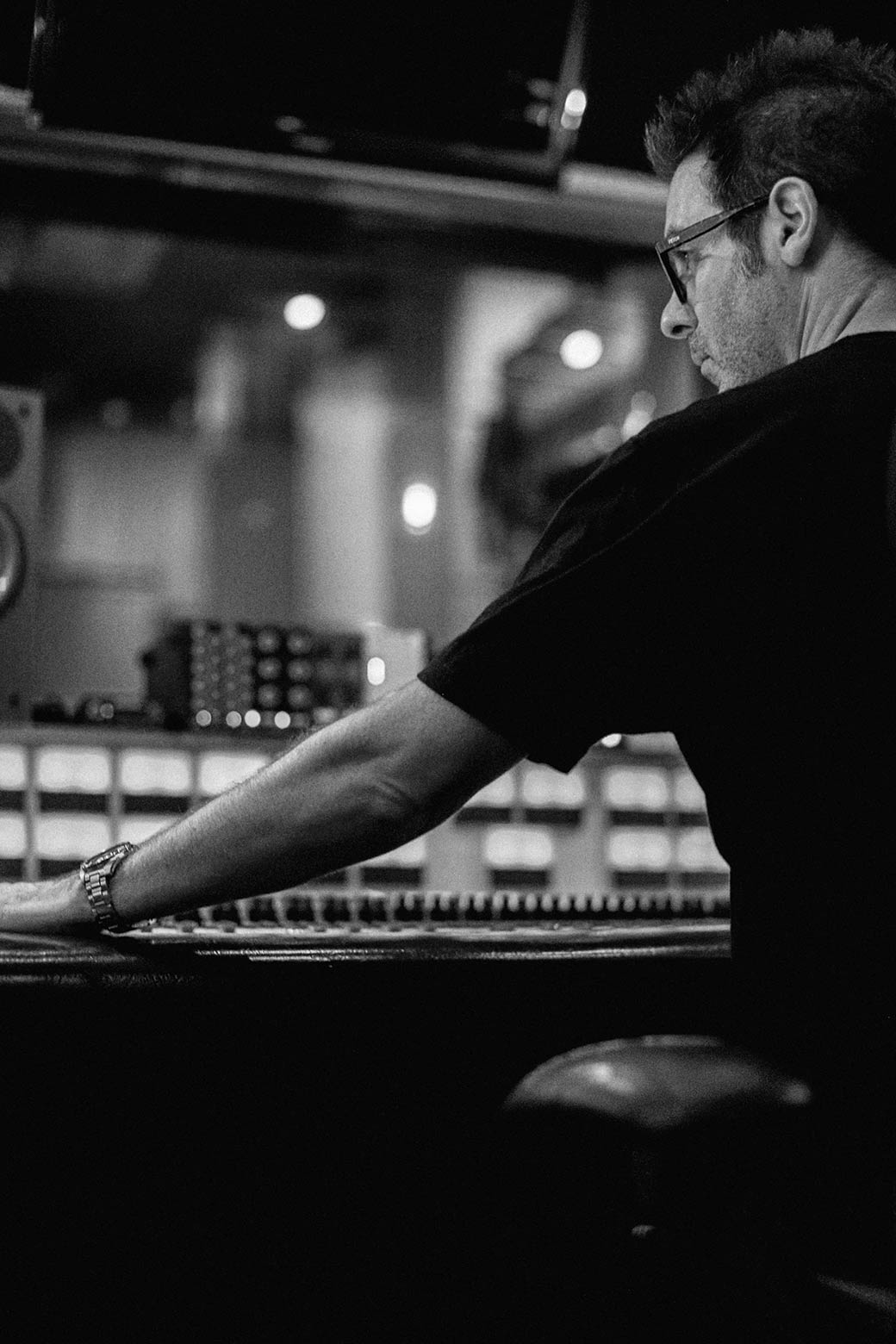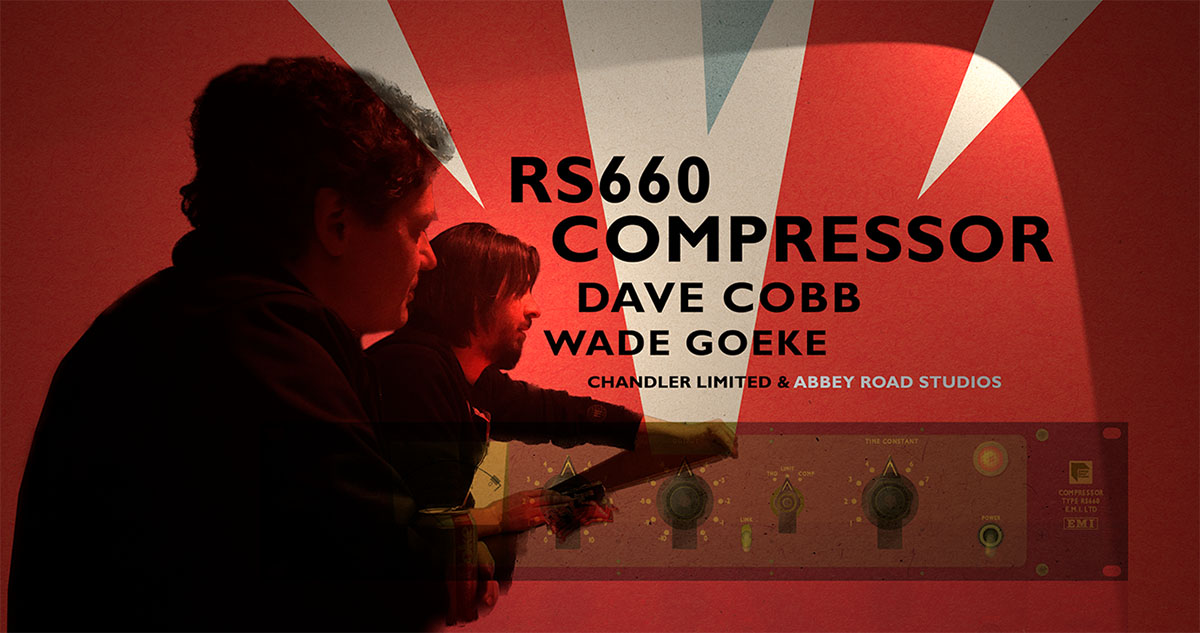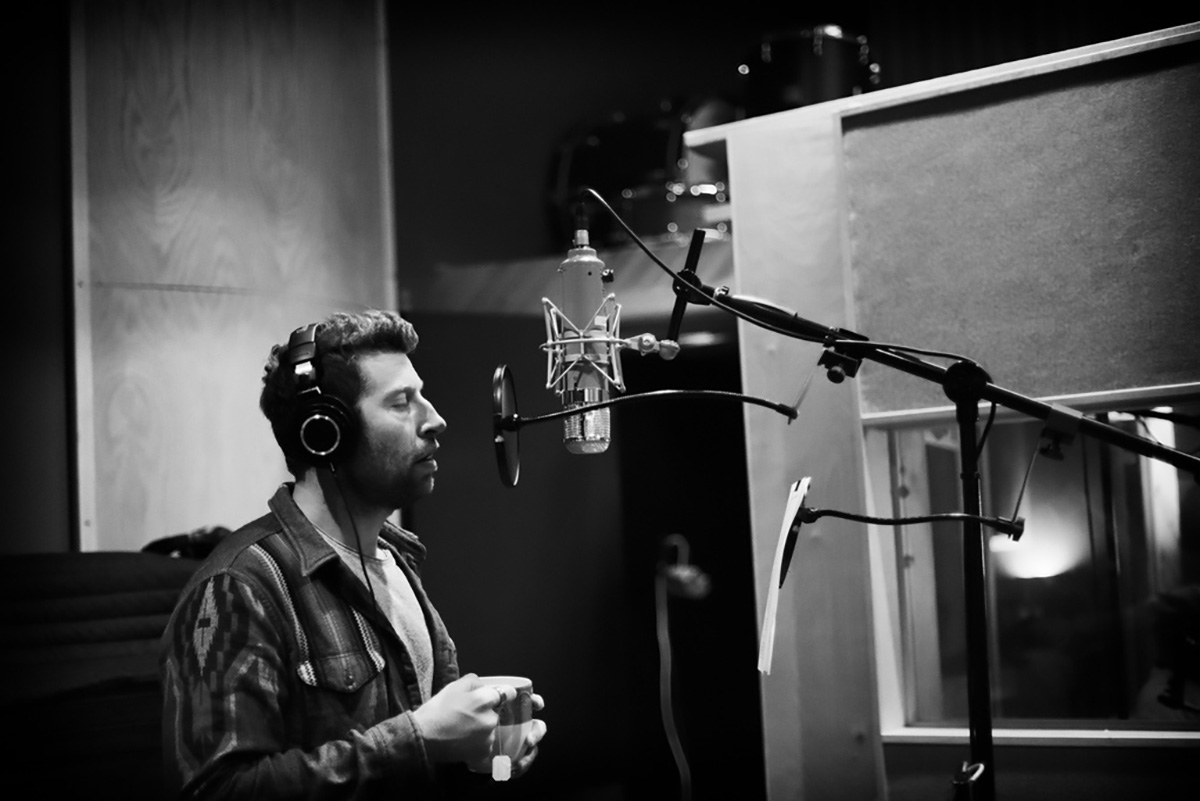Chandler Germanium Tone Control EQ
by: Paul Vnuk Jr.
Recording Magazine, October 2007
The sound of vintage semiconductors – with a modern shine.
Most folks don’t place “high-end audio gear” and “farm fields of Iowa” in the same sentence, yet this is where Chandler Limited makes its home. At Chandler HQ, chief cook and bottle washer Wade Chandler Goeke dreams, designs and builds his ever-growing line of vintage-inspired microphone preamps, compressors and equalizers.
With a line already boasting the Neve-inspired LTD series and the EMI-based TG series, two years ago Wade and his team revived another vintage design and (re-)introduced us to Germanium transistors with the creation of their Germanium mic pre, and now we take a look at the second device in the series: The Germanium Tone Control Equalizer.
So what the heck is Germanium?
Atomic Number 32 on the Periodic Table of the Elements, Germanium is a grayish-white semi-metallic element, used heavily in early transistor designs of the 1950s as some of the first alternatives to valves (tubes).
Germanium transistors were used in early solid-state gear designs by Telefunken, Neve, Fairchild, EMI and more; however its use was short-lived and quickly superseded by cheaper and more stable silicon transistors. Germanium-laced gear is known to have a sonic girth and warmth that also achieves a nice harmonic distortion (which made it a favorite of early guitar pedal designers).
And now the Tone Control
Featuring newly sourced/designed germanium transistors and hand-wired circuitry, the Germanium Tone Control is a single-channel, single-rack space equalizer featuring a passive (Pultec/Lang style) low-end section, active mid- and high-end sections, and a dual gain/feedback style input.
The distinct look of the Germanium series features a white and yellow trimmed, dark blue faceplate and bright yellow “TG style” chicken-head pointer knobs. The unit is well put together and solid.
Front panel controls and functions
The Tone Control is laid out in four sections: Input, Thick, Presence, and Treble.
The Input Section contains a stepped Gain knob and an un-stepped Feedback knob, which work in tandem to provide a -30 dB to +25 dB input stage as well as creating tonal variations by adding harmonic distortion and changing the unit’s frequency response.
Two large white Bypass buttons (for taking the Passive and Active EQ sections in and out of the signal path) follow this. Note that when both are bypassed, the signal still runs through and can be shaped by the Germanium circuit.
The passive Thick (Bass) section starts with a switch that selects between Interactive or Independent mode followed by two matching pairs (one large, one small) of stepped knobs. The first pair (frequency and level) offers up to 18 dB of low end cut (10 Hz-320 Hz) while the second pair boost the lows up to 18 dB (35 Hz-320 Hz). The boost is switchable between bell curve and shelf settings.
When set to Interactive mode, the Cut and Boost sections function similar to a vintage Pultec or Lang style EQ. According to the manual, “boosting and cutting at the same time makes the curves ‘interact’ to create cool variations.” When set to Independent mode the low cut is dominant over the boosted frequencies and shelves or “eliminates” it.
The Tone Control’s next two sections are active and much closer to those seen in typical EQ channels – sort of. The Presence Section (or mids) contains two knobs. The first knob (stepped) sweeps through a broad range of frequencies (from 300 to 8300). The second knob (un-stepped) offers 15 dB of Boost or Cut. In the identical Treble Section, stepped knob number one sweeps frequencies from 3 kHz to 20 kHz, with knob number two again offering 15 dB of boost or cut. The Treble section also contains a bell/shelf switch.
The Q & A about the “Q”
At this point you may be asking yourself, where the H is the Q?
Answer: it’s fixed, yet varies by section. The Treble has a wide fixed Q, while the Thick section is sharper. Even more unique, the Q in the Presence section changes as you move through frequency settings.
The frequencies, 300, 500, and 800 have a sharper Q (great for mid-range cutting), while 1200 and 3300 have a medium Q and 4100, 6200, and 8300 have a wide Q (for smoother boosting).
Power and connections
Hooking up the Tone Control is a straightforward affair, as the back of the unit features standard balanced XLR ins and outs.
Power is supplied externally (as is common in units of this style) by a Chandler PSU-1. The PSU-1 is a half-rack power supply that is sold separately, but is able to power two Chandler units at once.
Tone control
Due to the Germanium circuit this unit has a tangible vintage flavor which is thick, bold, smooth and buttery all at the same time, and over a period of a few months I was able to add this flavor to everything from drums, to voice, to guitars and more.
The first observation I made is that the Tone Control is not a precision tool. It is a broad stroke EQ that sculpts character, rather than surgically alters frequencies. Sonically speaking, this EQ couldn’t stay out of the way if it tried, not that you would want it to.
A great drum EQ, on kick it added a tailored low-end punch, which was big and round, and accentuated the rubbery quality of the batter head as it was struck. On snare, the results were similar; it fattened up the snare tone and softened some of the “sharpness” without sacrificing the high-end punch.
On DI’ed bass you can fill out and shape the low end, scoop out some mid, and highlight the sound of the strings without harshness. The Tone Control also excelled on heavy, overdriven guitars for much the same reasons, a big thick “Metallica-wannabe” low-end, coupled with accentuated highs that cut through the mix without biting.
While most synths, (virtual and real) are pre-eq’d fairly well these days, running them through just the Germanium drive circuit still added a very pleasant lively sheen to their sound.
The aptly named “Presence” section literally seems to push and pull the mid frequencies forward and back in the mix thanks to its varied and wide Qs.
Comparisons with my usual outboard EQ (Millennia NSEQ-2) are tough, because the two are so different. For example: on acoustic guitar, the Tone Control added a smooth, vintage vibe while the NSEQ seemed to subtly heighten the realism. Overall it can be said that NSEQ was much more defined, open and transparent, while the Tone Control was nice and smeary.
Similarly, the Tone Control has a round mellowness to it that I could not match when side by side with some of the better vintage EQ emulation plug-ins on the market.
Learning to control the tone
Unlike the simplicity and straightforwardness of most modern EQs, the Tone Control’s marriage of vintage paradigms induces a bit of a learning curve. Mastering the differences between the Independent and Interactive passive low-end section (I’d only used a Pultec style EQ in plug-in form before), as well as getting a handle on the exceptionally broad frequency ranges of the active sections and how their crossover points affect one another, is key to enjoyment of this unit.
If you are not careful, the frequencies (especially the low-end) can get away from you quickly as small adjustments can yield big sonic variances. Understanding how the Germanium input/feedback section works and hearing its differences is also important. In other words, don’t let its modest appearance fool you: this unit is deeply tweakable.
Final soundings
I only have two grumbles with this unit. First, while normally I love stepped pots, there were a few times while mixing when I wished I could get in between the stepped settings.
Second and worse yet…this thing is like potato chips, there is no way you can have just one! While it would not be my first choice in mastering applications or on the master two-buss, I can only guess that it would excel on stereo sources like synths, drum subs and backing vocal mixes (as I only had one review unit I could only check these in mono).
Conclusion
At $1600 (not including the PSU-1) the Tone Control is indeed boutique priced, but hey, it is a boutique piece and other than a few esoteric guitar stomp boxes, it has zero competition in the marketplace, as there are no other Germanium-based pieces in production, nor have there been for decades.
In a digital world where many eqs are content to simply boost and cut frequencies, the Tone Control loves to change the sound of things. If vintage vibe and sonic sculpting are anywhere on your wish list, you need to check one out.
—Paul Vnuk Jr

